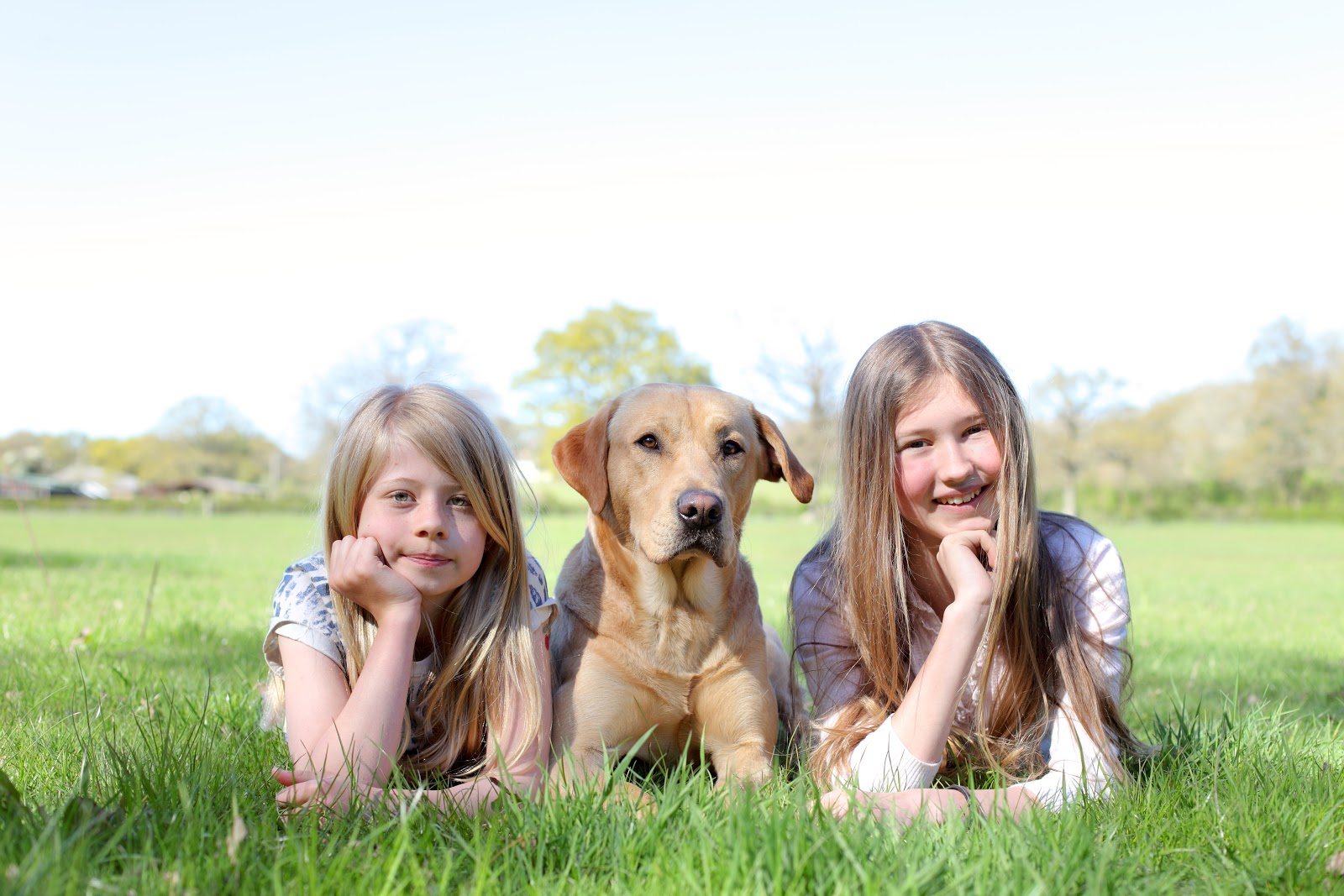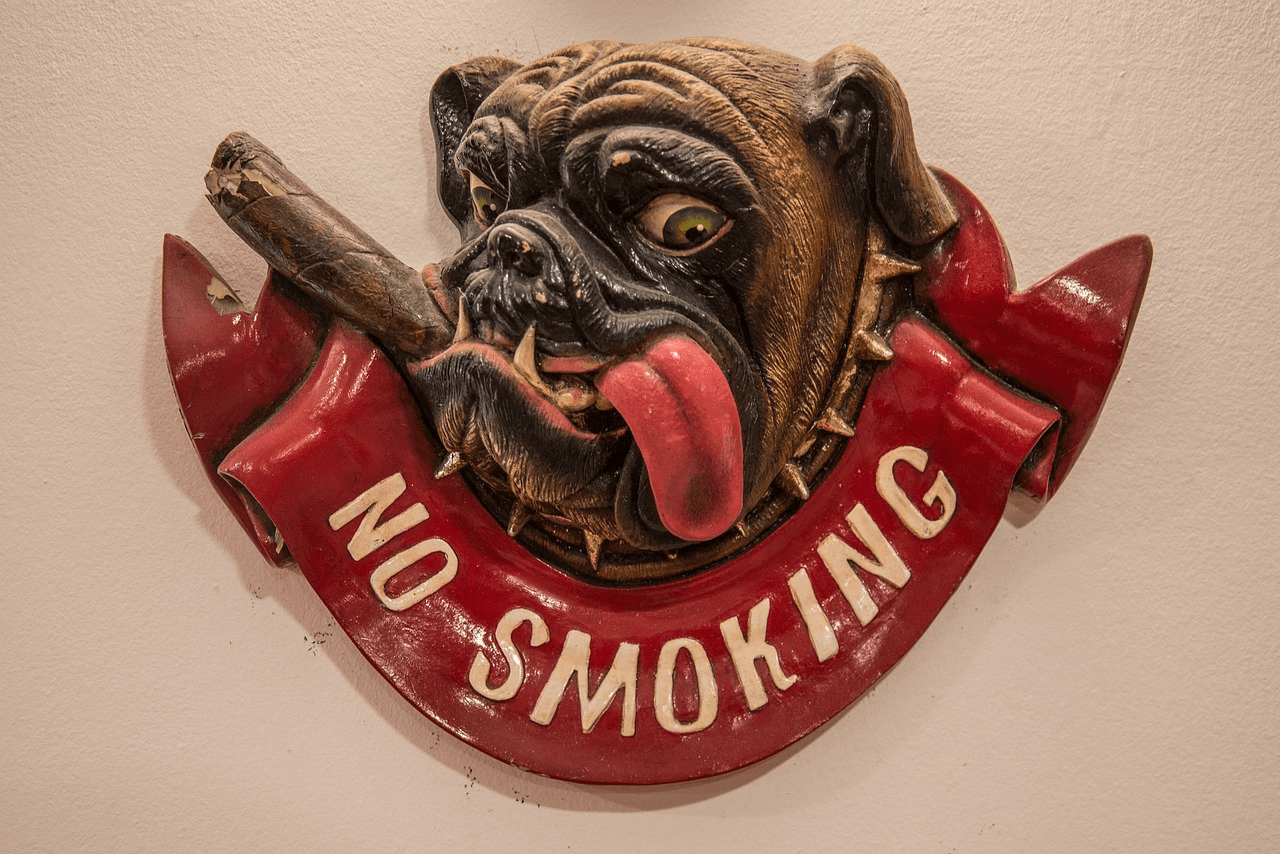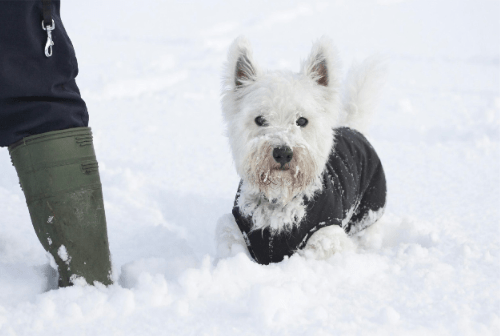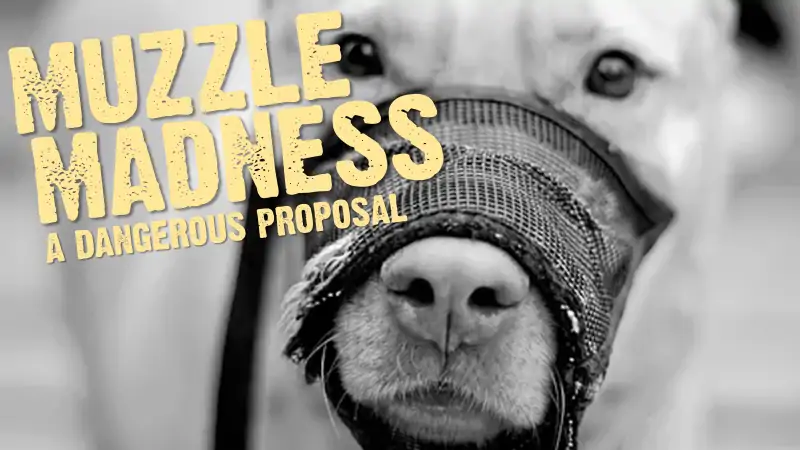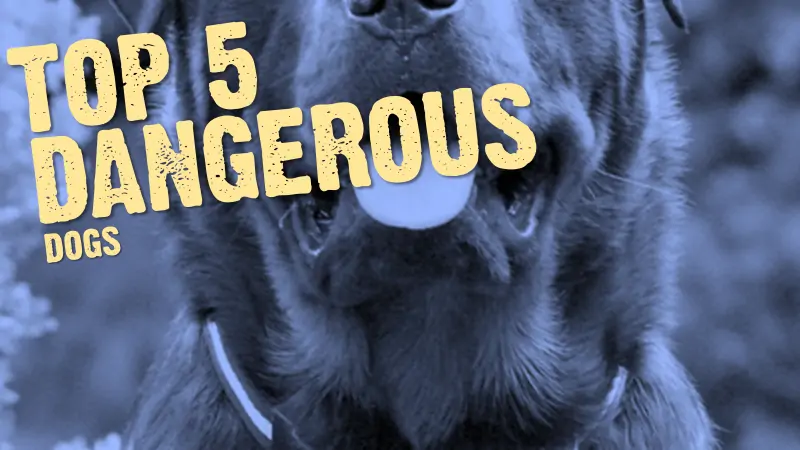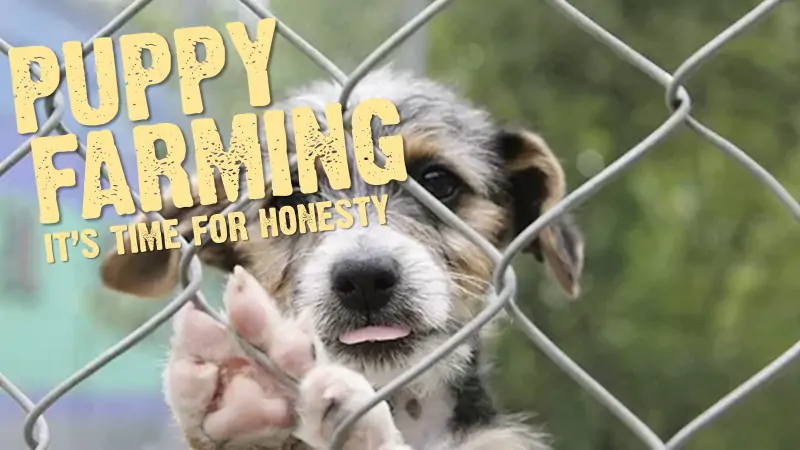The RSPCA is encouraging parents to teach their children how to behave – and more importantly, how not to behave – around dogs.
As Dog Bite Prevention Week (12 – 19 June) nears, the oldest and largest animal welfare organisation is urging parents to spend some time educating children on the best way to approach a dog, and how to act around dogs.
RSPCA dog welfare expert Dr Samantha Gaines said: “As a mother and dog owner myself, it’s clear that children and dogs can be really great friends. Dogs can also help children develop kindness, understanding and respect for living things. Having a dog as a friend can improve a child’s social skills with people and caring for a pet can encourage responsibility.

“But, just as parents teach their children how to act around traffic and how to safely cross the road, it’s also their responsibility to show youngsters how to behave when they’re around their own or other dogs – either in public places, or in private homes and gardens.”
This is particularly important as the summer holidays approach and as the weather improves, meaning children and dogs are more likely to be sharing outside spaces and are likely to come into contact with each other.
According to data from the Health and Social Care Information Centre, the age group with the highest number of hospital admissions for dog bites was children aged under nine*. And hospital bite statistics also show that young children are more likely to be bitten by a family dog rather than one they don’t know.
As well as dog owners ensuring their pets are trained and socialised properly, it is also important for children to understand dog behaviour and how to interact with them safely.
In 2014, the RSPCA partnered up with vet and animal behaviourist Dr Sophia Yin to develop a series of educational material to teach children how they should and shouldn’t interact with dogs, and with certified clinical animal behaviourist Julie Bedford to produce a leaflet for parents highlighting different behaviours dogs use depending on how they feel.
Giving this advice to children and vital information to parents should help avoid situations where children could get bitten by dogs..
Children and Dog Safety: Six Golden Rules
The RSPCA has six golden rules for keeping kids safe and dogs happy:
Never leave your child alone in a room with a dog, even your own dog.
Teach kids not to approach dogs if they are eating or have food; if they have a toy or something else they really like; if they are sleeping or on their bed; or are sick, sleeping, in pain or tired.
Remind your child to be kind, gentle and polite to their pets.
Teach your child to play nicely with their dog, by encouraging them to teach fun tricks like paw, play dead and roll over.
Always supervise your child when they are with a dog, and look for signs that the dog might be feeling uncomfortable such as yawning, lip licking or avoiding eye contact.
Teach children not to approach an unfamiliar dog or one which you, as parents, don’t know to be friendly towards children.
“We also recommend providing your dog with a cosy spot in a quiet room where they can retreat to if they need or want their own space,” Dr Gaines adds. “It’s good to teach your children to leave the dog alone when he/she is in this area.
“It’s also a nice idea for children to strengthen their bond with the family dog by playing fun and safe games such as hiding treats in the garden for the dog to find, playing fetch, and trying simple training.”
Enter your email and never miss out on receiving our best articles:
